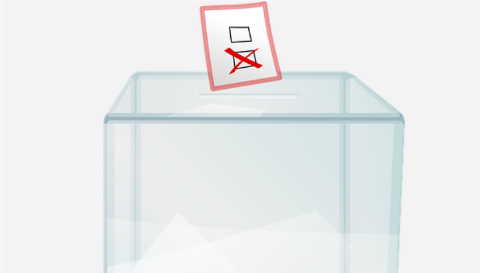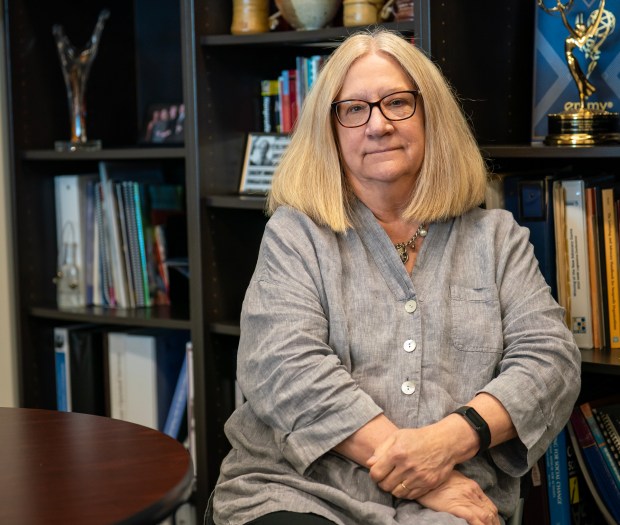A new Minnesota Supreme Court decision casts doubt on whether the state’s juries are racially discriminatory.
The case involves Atravius Joseph Weeks, a Black man who allegedly shot his ex-girlfriend in front of a daycare. But when he showed up to court, only one person out of 60 prospective jurors was Black.
Weeks argued his jury was not adequately representative. On Wednesday, the Supreme Court sent the case back to lower courts, saying that issue had not been adequately considered.
Hamline University professor David Schultz is an expert witness in this case. He spoke with MPR News host Clay Masters about Wednesday’s decision.
The transcript below has been edited lightly for clarity. Click on the audio player above to hear the conversation.
Can you walk us through how we got to Wednesday’s Supreme Court decision?
One of the things that the Constitution requires is that we have a jury of our peers. The U.S. Supreme Court has ruled over the last 30 years or so that this also means a racially representative jury. But the Minnesota system for selecting jurors for the jury pool is based upon voter registration as well as people who have driver’s licenses.
The system worked very well for many, many years. But what we became concerned with — that is, public defenders in Minnesota, who I've been working with, including myself — is the fact that we increasingly have evidence that persons of color are less likely to register to vote, and persons of color are increasingly less likely to get a driver’s license. And if that’s the system that’s being used to determine the initial jury pool, our argument was that the jury pool, right from the start, may not be representative.
And the Minnesota Supreme Court agreed and said that we need to go and reconsider this issue when this case is remanded back to lower court.
The Minnesota Supreme Court released a report on racial bias in the judicial system back in 1993 but but most of their recommendations were not implemented. What would need to change to make juries more equitable in your view?
Well, a few different things. For example, one of the things that the state doesn’t do — or let’s say it’s not done well (it's done at the county level, by the way) — is following up. Oftentimes, when notices are sent out for jury duty, they come back and there’s no follow-up. So maybe more follow-up in different languages.
Additionally, the state of California added to its method for selecting juries to say that they’re going to also draw upon state income tax rolls. Who’s paid income tax in the state? So you would have driver’s license, voter registration and who’s paid taxes in the state. That has helped there dramatically.
But the bottom line here is that we have really good evidence that all-white juries have different conviction rates involving defendants of persons of color than we have when the juries have have more of a mixed composition. We can point to clear reasons why the Constitution — why the U.S. Supreme Court — has said we need to have racially representative juries, because oftentimes all-white juries, whether it’s conscious or unconscious, there are biases against defendants who are persons of color.
What happens next in this case?
The case is going to be remanded back to District Court. Part of the appeal in the case was an argument that the defendant said, “I didn't get a fair trial because the jury was not racially representative,” and the lower courts basically dismissed that as an argument. So now we get to go back and actually make that argument.
But the broader thing — and this was hinted at by the Minnesota Supreme Court also — is that we may need to rethink (if the Legislature doesn’t do it, maybe the courts may need to rethink) the current system for how we select juries: whether it violates the U.S. Constitution or not, and if it does violate, to order some changes in the system.







